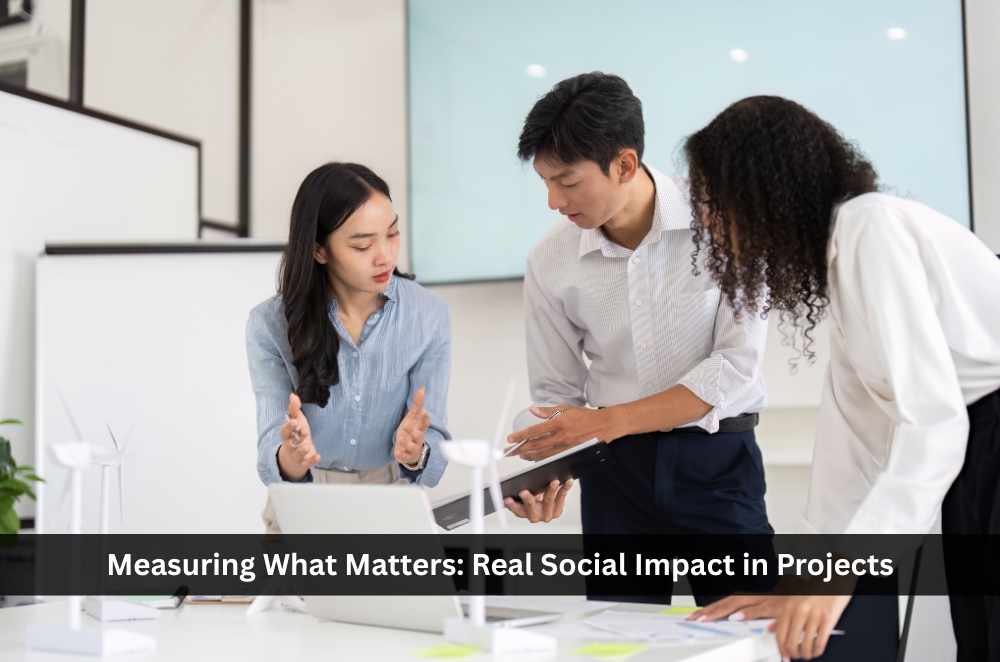
Good development isn’t just about progress you can see—it’s the kind of people you can feel on their street. Every project, whether a new road, housing build, or rail upgrade, leaves fingerprints on daily life. That’s where impact study guidelines do heavy lifting. They frame what to measure, who to listen to, and how to balance trade-offs. Use them early, and small ripples show up before they become waves. We’re talking about commute times, access to services, local jobs, and even the vibe around the shops. Get this right and growth supports people, not just spreadsheets. It’s practical work, grounded in evidence and shaped by lived experience. Local context matters most. Always.
What defines a strong social impact assessment?
A strong social impact assessment weighs real-world change against project intent. It connects metrics to lived experience so priorities reflect the community’s voice.
Start early. Map who’s affected, how, and when. Bring local knowledge into the room: elders, youth workers, small traders, renters, the lot. Document trade-offs, not fairytales. Show how the benefits land, where disruption hits, and what’s being done about it. Methods matter, sure, but the craft is in how they’re applied with care and transparency. For structured delivery, many teams rely on social impact planning models that tie consultation to evidence and action.
Define the baseline: current services, costs, cohesion
Flag risks early and set watchpoints
Share mitigation steps with budgets and owners
Track outcomes and report publicly
Crucially, keep the assessment live. Update assumptions after early works, during procurement, and through operations. When circumstances shift—housing pressure, workforce mix, or access routes—the plan should move with them, not trail behind. This ongoing approach is key to shaping communities through social impact, ensuring decisions remain responsive and grounded in real-world change.
How do communities benefit from insight and inclusion?
Communities benefit from insight and inclusion because they steer change, not just react to it. When people help shape decisions, outcomes stick and trust grows.
Co-design doesn’t mean endless town halls. It means clear invitations, fit-for-purpose engagement, and a feedback loop that actually loops back.
Invite diverse voices with clear roles
Close the loop with timely responses
Centre equity when allocating benefits
Support local jobs and small suppliers
Use local channels—sports clubs, schools, cultural groups—so quieter voices are heard. Pay attention to who bears the costs and who sees the upside; adjust accordingly. Over time, this builds social licence, reduces disputes, and keeps delivery on schedule.
Why does transparency shape better outcomes?
Transparency shapes better outcomes because it turns assessment into a shared ledger of choices. When the process is visible, people can trust the promises and the limits.
Be upfront about uncertainties, timelines, and who’s responsible for fixes. Publish the awkward data alongside the wins, and make changes traceable. Global examples of ethical development practices show how candid reporting lowers conflict, draws in partners, and keeps momentum when plans shift.
Conclusion
Social impact assessments are more than compliance—they’re the conscience of development. When done with integrity, they guide projects toward decisions that uplift people, protect culture, and sustain communities for generations. Measuring what matters means valuing human stories as much as technical data, ensuring every project leaves a legacy worth standing behind—an approach that truly defines social impact for major projects.

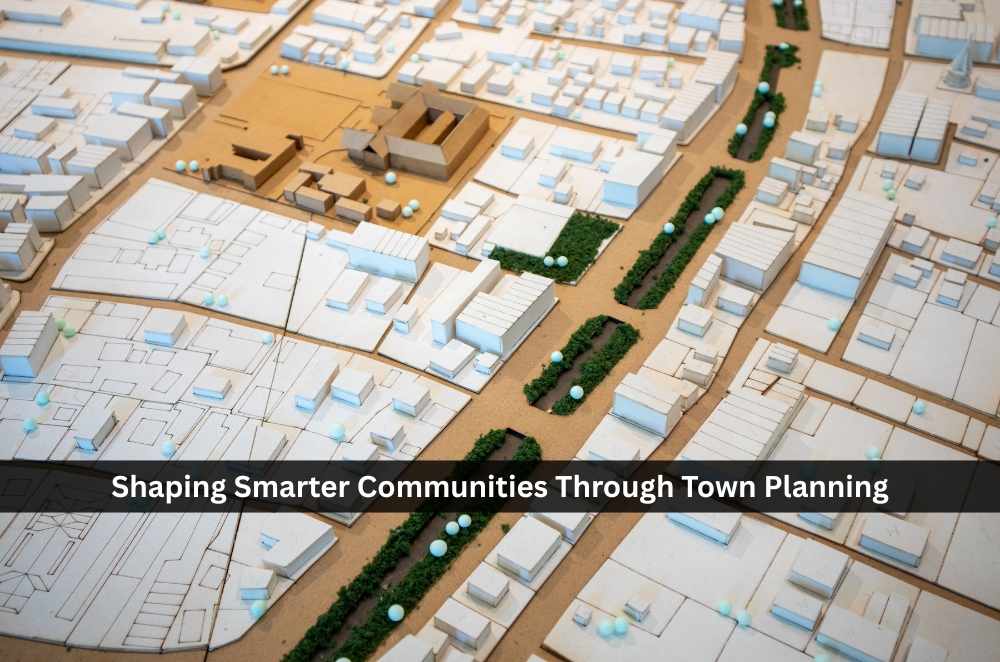
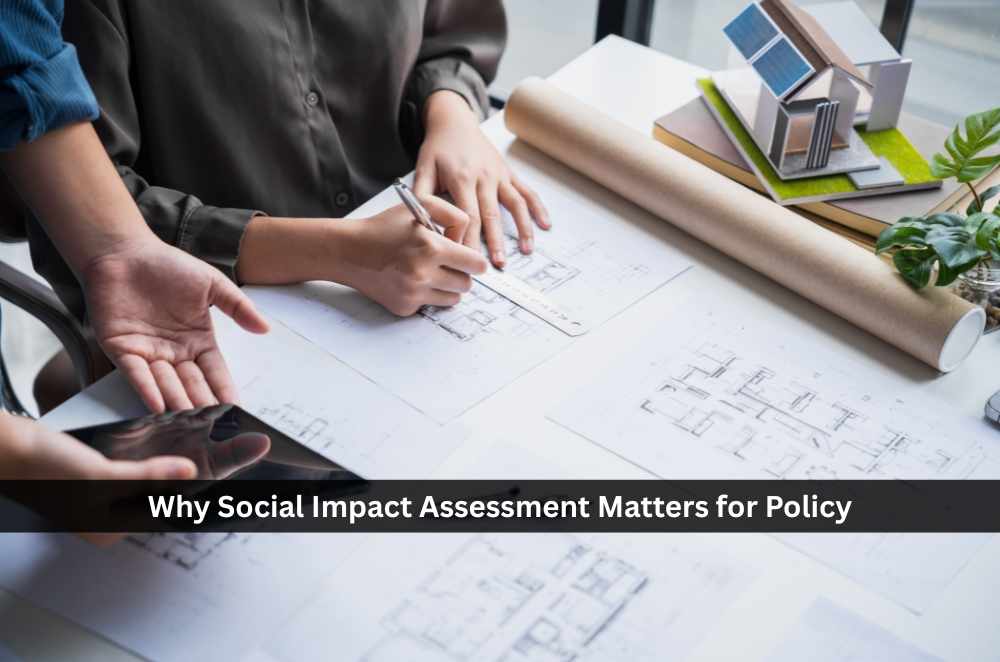
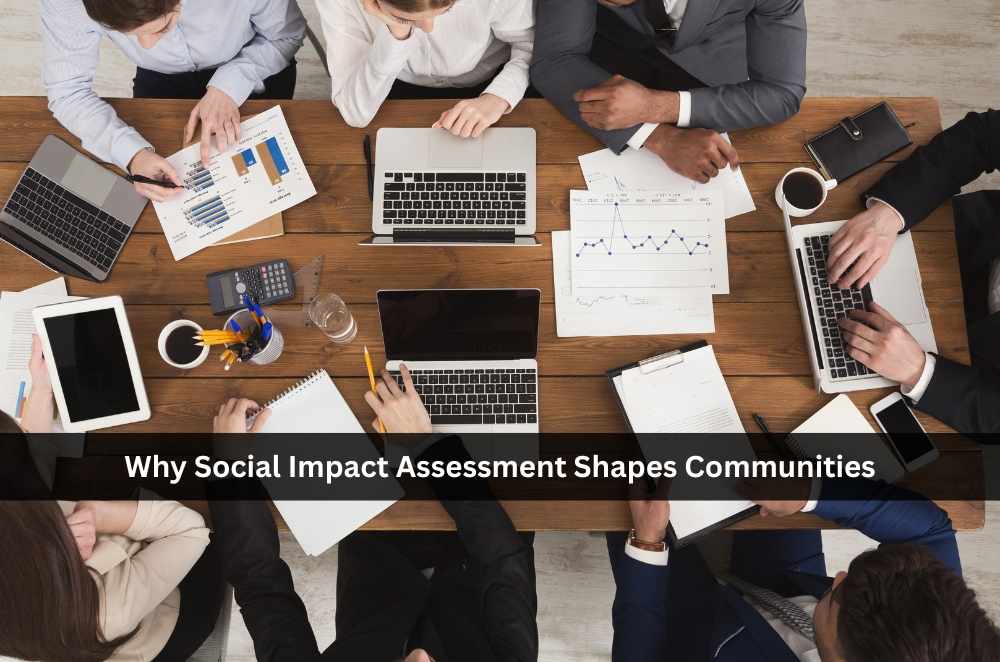
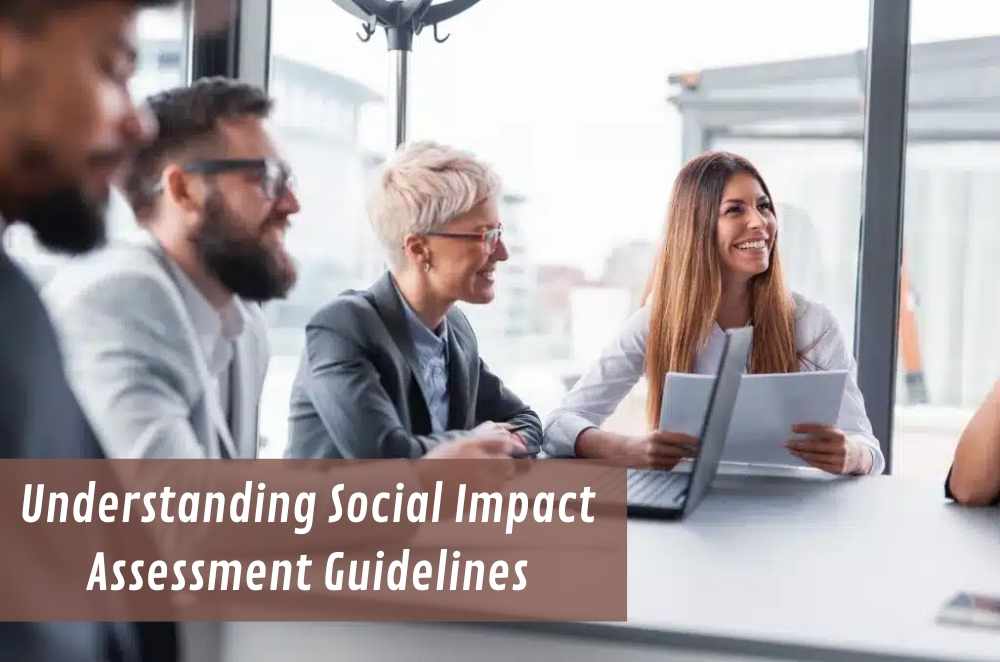




Write a comment ...